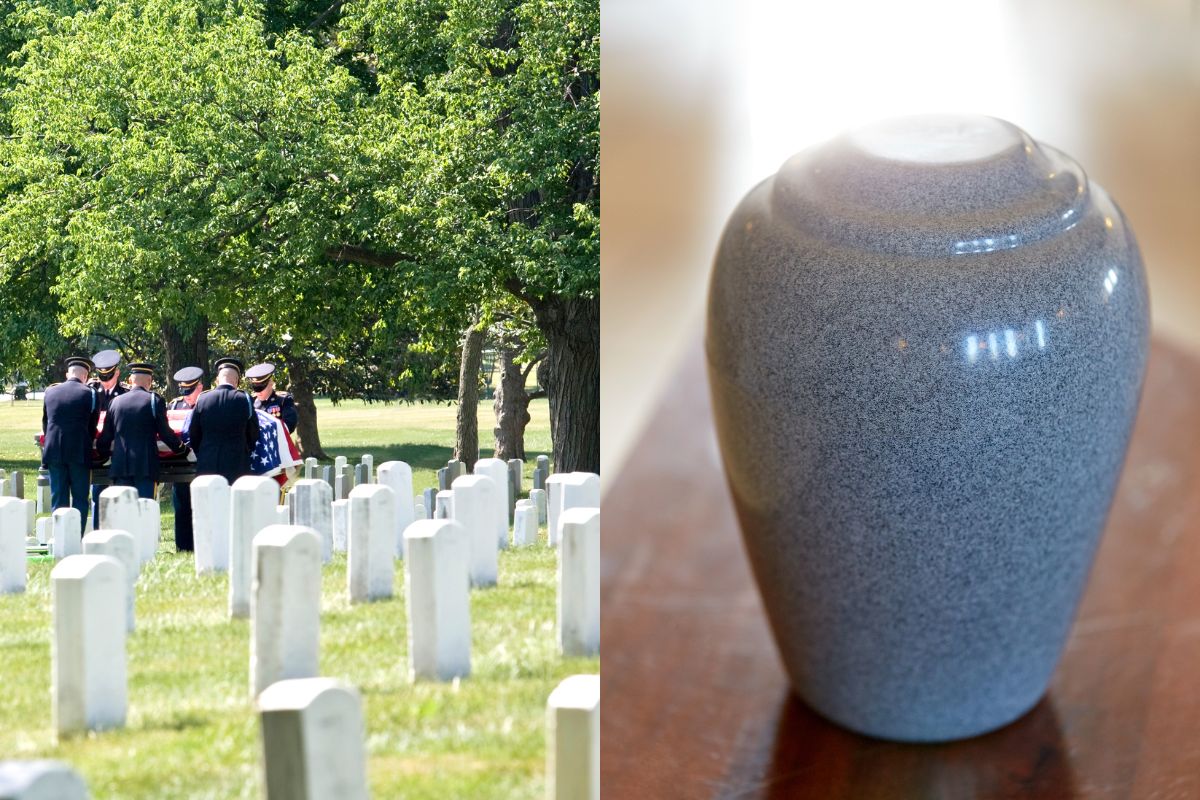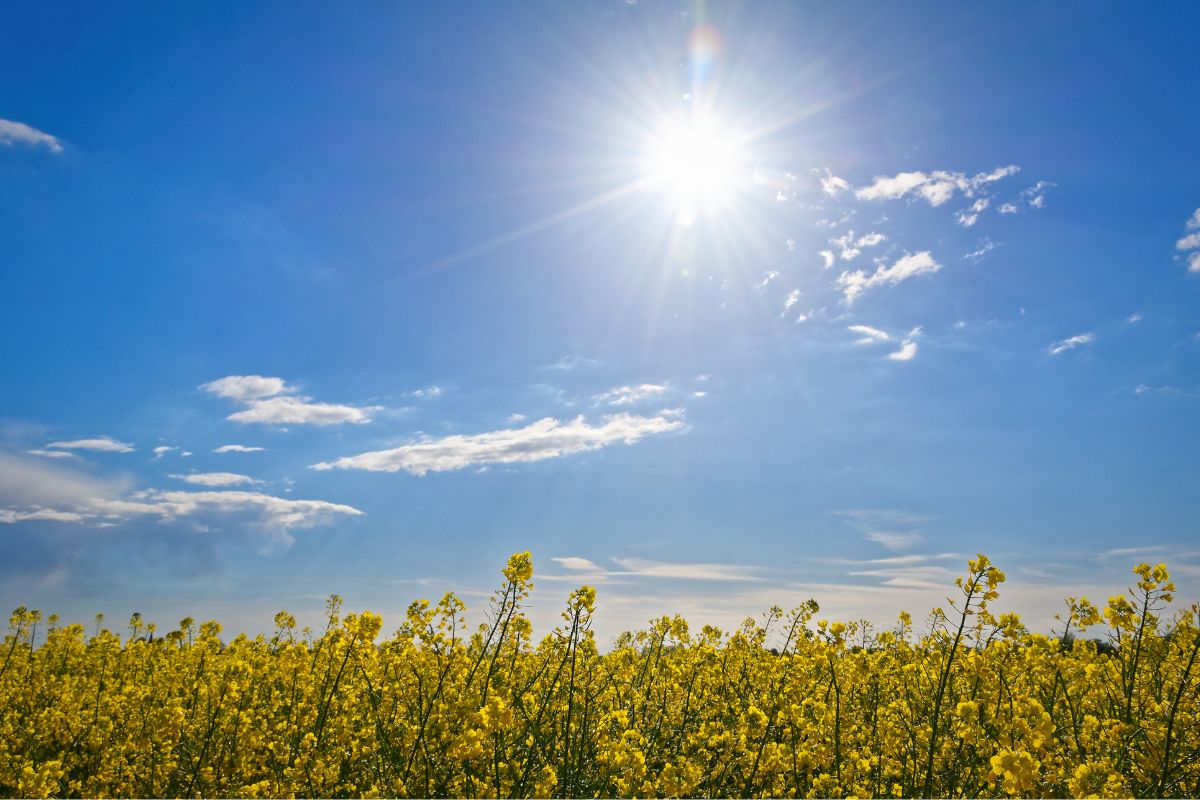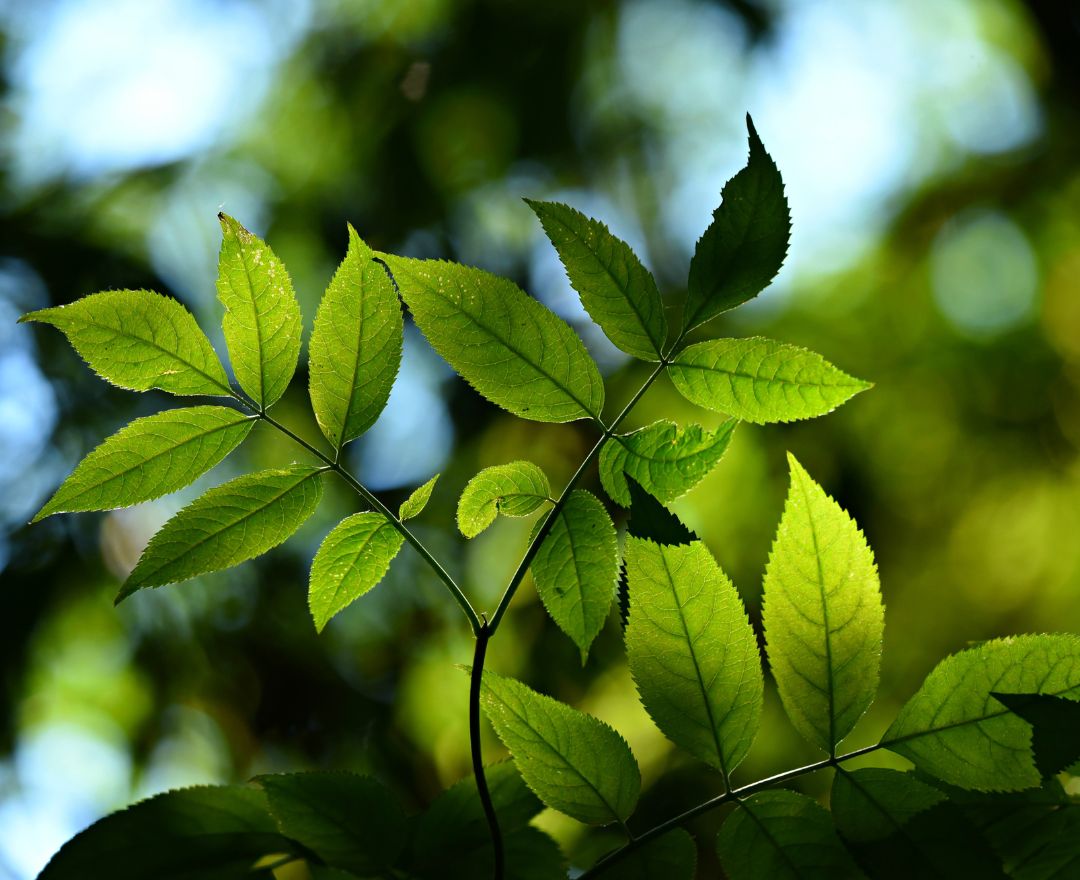In the ever-evolving landscape of end-of-life arrangements, the decision between cremation and traditional burial remains a significant one. This choice not only reflects personal and familial beliefs but also broader societal trends and concerns, particularly regarding environmental sustainability, cultural norms, and financial implications. Here, we explore the critical aspects of cremation and burial, providing a balanced view to assist in making an informed decision that aligns with individual values and circumstances.
Costs: Financial Considerations
Cremation has often been touted as the more affordable option, with costs significantly lower than traditional burial. The process eliminates the need for a burial plot, headstone, and expensive casket, which are substantial expenses in conventional burial practices. Additionally, some opt for direct cremation, which foregoes a formal service, further reducing costs.
Burial, on the other hand, involves several fixed and variable costs, including the purchase of a burial plot, casket, embalming services, and headstone, alongside the ceremony itself. These expenses can accumulate, making burial a considerably more costly option compared to cremation.
Processes: A Look at Tradition and Modernity
The burial process is deeply rooted in tradition, offering a sense of continuity and closure for many families. It typically involves embalming, a viewing or wake, a funeral service, and finally, the burial. This process provides a structured way to mourn and celebrate the life of the deceased, adhering to cultural and religious norms.
Cremation, while simpler, offers flexibility in how loved ones are remembered and honored. After cremation, families can choose to keep the ashes, scatter them in a meaningful location, or place them in a columbarium. This option allows for personalized memorialization practices, catering to diverse preferences and lifestyles.
Environmental Impact: Sustainability Concerns
The environmental footprint of burial and cremation is a growing concern. Traditional burial consumes land and involves embalming chemicals, which can leach into the soil. Cemeteries also require ongoing maintenance, further contributing to their environmental impact.
Cremation, while more energy-intensive due to the burning process, has a smaller land use footprint and has seen innovations aimed at reducing its carbon emissions. The choice of eco-friendly urns and scattering ashes in nature are seen by some as a way to minimize the environmental impact further.
Emotional and Cultural Considerations
The choice between cremation and burial often reflects deep-seated emotional and cultural traditions. Burial can offer a physical place for loved ones to visit, contributing to the grieving process. Meanwhile, cremation can provide a sense of freedom and personalization in how the deceased is remembered and celebrated.
Conclusion
Deciding between cremation and burial is a deeply personal choice, influenced by a myriad of factors including cost, process, environmental impact, and cultural beliefs. As society continues to evolve, so too do our approaches to honoring and remembering our loved ones. By considering these aspects carefully, individuals and families can make a choice that best aligns with their values, ensuring their loved ones are memorialized in a manner that is both meaningful and respectful.










